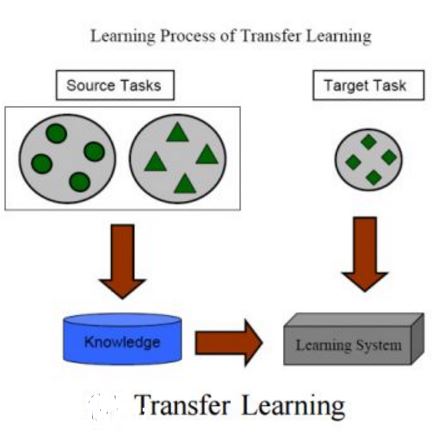In this work, we introduce a practical dataset named HUST bearing, that provides a large set of vibration data on different ball bearings. This dataset contains 90 raw vibration data of 6 types of defects (inner crack, outer crack, ball crack, and their 2-combinations) on 5 types of bearing at 3 working conditions with the sample rate of 51,200 samples per second. We established the envelope analysis and order tracking analysis on the introduced dataset to allow an initial evaluation of the data. A number of classical machine learning classification methods are used to identify bearing faults of the dataset using features in different domains. The typical advanced unsupervised transfer learning algorithms also perform to observe the transferability of knowledge among parts of the dataset. The experimental results of examined methods on the dataset gain divergent accuracy up to 100% on classification task and 60-80% on unsupervised transfer learning task.
翻译:在这项工作中,我们引入了一个名为 Hust 轴承的实用数据集,该数据集为不同球轴承提供了一大套振动数据。该数据集包含6种缺陷(内裂、外裂、球裂及其2组合)的90个原始振动数据,涉及5种工作条件下的3种,样本率为每秒51 200个样本。我们建立了对引入的数据集的封套分析和命令跟踪分析,以便能够对数据进行初步评估。一些古典机器学习分类方法用来使用不同域的特征来识别数据集的错失。典型的先进、不受监督的传输学习算法也用来观察数据集各部分之间知识的可转让性。所审查的数据集方法的实验结果在分类任务上达到100%,在未受监督的传输学习任务上达到60-80%的精确度。</s>



